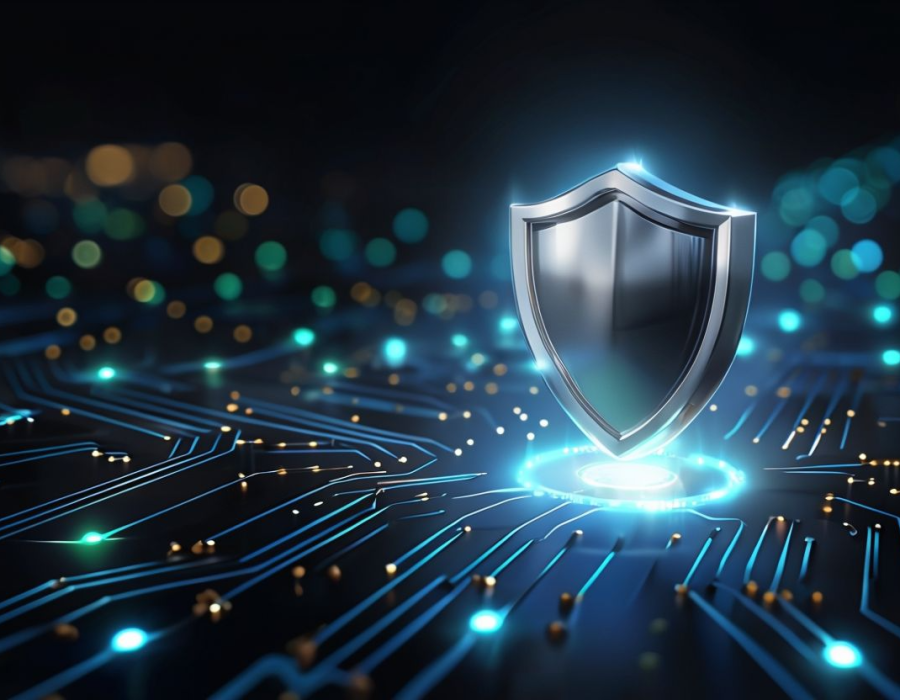Discover why NIS2 compliance is vital for OT security in 2025 with Shieldworkz’s guide. Download now to safeguard your manufacturing, oil & gas, or energy operations!
Understand the Stakes: NIS2 Compliance and OT Security in 2025
Operational Technology (OT) systems are the lifeblood of industries like manufacturing, oil and gas, and energy, controlling critical processes from assembly lines to power grids. However, as of May 30, 2025, at 04:27 PM IST, these systems face unprecedented cyber threats. The U.S. Cybersecurity and Infrastructure Security Agency (CISA) reported a 170% increase in OT-targeted cyberattacks in 2024, with breaches costing an average of $27 million. A single incident—such as ransomware locking down a SCADA system in a power plant—can cause blackouts affecting millions, environmental disasters from oil spills, or production halts costing millions per hour in manufacturing. The EU’s NIS2 Directive, fully enforced since October 17, 2024, addresses these risks by setting stringent cybersecurity requirements for essential and important entities, particularly those managing critical infrastructure.
At Shieldworkz, we specialize in securing OT/ICS and IoT environments for industrial leaders. That’s why we’ve created Why NIS2 Compliance Is Critical for OT Security in 2025—a vital guide for Chief Information Security Officers (CISOs), plant managers, and security architects in manufacturing, oil and gas, and energy sectors. Published on May 30, 2025, this guide explains the importance of NIS2 compliance and provides actionable steps to protect your OT systems. Download it today to ensure your operations are secure and compliant in 2025’s evolving threat landscape.
Why NIS2 Compliance Matters for OT Security in 2025
NIS2 expands the scope of its predecessor, covering 18 critical sectors including energy, manufacturing, and public administration, and applies to medium and large entities providing essential services. With 99% of industrial organizations reporting a cyber incident in 2024, OT systems are prime targets due to their legacy nature, increasing connectivity with IT systems, and exposure through IoT devices. A compromised PLC in a factory or a hacked sensor in an oil pipeline can have cascading effects, disrupting entire supply chains or endangering public safety. NIS2 mandates robust risk management, incident reporting within 24/72 hours, and supply chain security, with non-compliance fines up to €10 million or 2% of global turnover. Beyond financial penalties, senior management can face personal liability, including temporary bans from leadership roles, making compliance a boardroom priority. In 2025, with AI-driven attacks and Metaverse-integrated virtual factories expanding the attack surface, NIS2 compliance is not just a legal obligation—it’s a lifeline for OT security.
Why Download Why NIS2 Compliance Is Critical for OT Security in 2025?
- Tailored for Industrial Leaders: Designed for CISOs, plant managers, and security architects in manufacturing, oil and gas, and energy sectors, this guide addresses OT-specific NIS2 requirements.
- Practical Guidance: Learn how to implement NIS2’s mandates, from risk assessments to incident response, ensuring your OT systems are secure without disrupting operations.
- Proven Expertise: Benefit from Shieldworkz’s global experience in OT cybersecurity, helping you navigate compliance while mitigating 2025’s threats like AI-driven ransomware.
- Avoid Penalties and Downtime: Align with NIS2 to avoid fines, legal repercussions, and operational disruptions, ensuring uptime and regulatory adherence.
Don’t let non-compliance or cyber threats derail your operations. Download this guide today to strengthen your OT security strategy.
Key Takeaways from the Guide
- Understand NIS2’s Scope and Impact: Identify if your organization is an essential or important entity under NIS2, covering sectors like energy and manufacturing, and understand exemptions for areas like defense.
- Implement Risk-Based Security Measures: Conduct consequence-driven risk assessments to protect critical OT assets, such as unpatched PLCs or exposed IoT sensors, aligning with NIS2’s Article 21 requirements.
- Enhance Incident Response: Develop a structured process to detect, contain, and report incidents within 24/72 hours, targeting a Mean Time to Respond (MTTR) of under 2 hours to meet NIS2 mandates.
- Secure the Supply Chain: Assess and mitigate risks from suppliers and third-party vendors, a key NIS2 focus, to prevent vulnerabilities like those exploited in recent power outages in Europe.
- Foster Cross-Team Coordination: Ensure seamless collaboration between IT and OT teams, defining clear roles to manage incidents like deauthentication attacks on wireless networks.
- Align with Global Standards: Meet NIS2 requirements while adhering to standards like IEC 62443 and NIST CSF, ensuring compliance and resilience against 2025’s evolving threats.
Why Shieldworkz Is Your Trusted Cybersecurity Partner
At Shieldworkz, we bring deep expertise to OT/ICS and IoT cybersecurity. Our team has extensive experience securing diverse OT environments, tailoring solutions to meet your unique business and security goals. Trusted globally, we’ve helped organizations achieve compliance and cyber resilience across systems and locations, regardless of their OT security maturity. By downloading Why NIS2 Compliance Is Critical for OT Security in 2025, you’ll gain access to our proven strategies and dedicated support, ensuring your infrastructure is prepared for 2025’s regulatory and cyber challenges.
Secure Your OT Operations Today
The stakes for OT security have never been higher, but with NIS2 compliance, you can stay ahead. Download Why NIS2 Compliance Is Critical for OT Security in 2025 now to protect your operations in 2025 and beyond. Fill out the form below to get your free copy and join thousands of decision-makers who trust Shieldworkz to safeguard their critical infrastructure.
Ready to Achieve NIS2 Compliance and Secure Your OT Systems?
Complete the form now to download the guide and build a stronger, more compliant cybersecurity strategy.





Comments